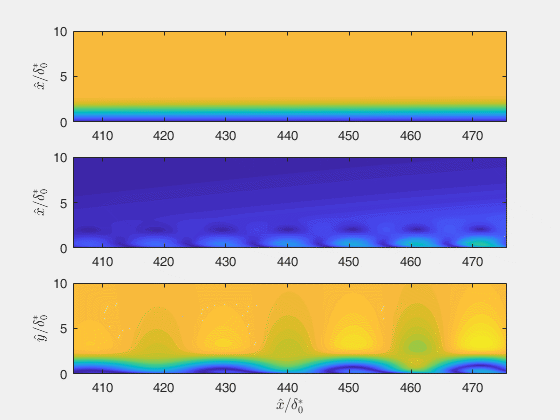
Instabilities in flow have two important engineering implications. Speed and pressure oscillating in time create sound and noise. This is useful in some cases, such as musical instruments, but in other cases our goal is to reduce it. Another such area is that fluctuations significantly increase the flow resistance or the energy required to maintain the flow.
Our research areas

Areoacoustics
Noise source modeling and noise propagation analysis
Our research group is working on modeling wind instruments, such as organ pipes or flutes, or cavity sound, which is an unwanted source of noise in the gaps of vehicles. We developed new models to describe the oscillations using stability testing methods. With the help of additional models, we were able to describe the relationship between the acoustic and flow fields more precisely. Furthermore, we are working on creating low-order models that can be used to examine and simulate the behavior of dynamic systems in real time.
Loss reduction
Reducing air resistance with mini vortex generators
Instabilities in flows contribute significantly to unwanted flow losses. For example, moving a vehicle in water or air requires energy. The increase in losses itself is quite diverse. The loss of flow stability can contribute to the development of turbulence, which still poses serious modeling challenges. In turbulent flow, losses are generally at least an order of magnitude larger than if the flow had remained laminar under similar conditions. Instability waves can not only lead to the development of turbulence, but can also develop in turbulent flow, further increasing losses. Our research group has developed methods, mainly for streamlined bodies, that can delay the laminar-turbulent transition. Among other things, we deal with elastic coatings, the effect of miniature vortex generators, and the modeling of surface roughness. Regardless, we are available in all areas of loss reduction, both within the framework of consulting and joint R&D projects.








